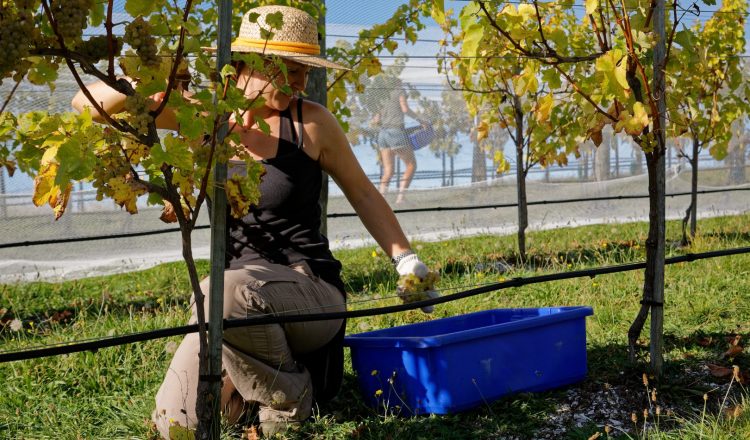Making a Complaint Against Your Employer
A good working environment is undoubtedly desirable, not just for your well-being but for the productivity of the company or organisation that you are working for. We all try our best to as personable as possible in the workplace, but sometimes a high-stress environment can cause rifts and arguments, especially when there’s money on the line. Due to the laid back nature of New Zealand work culture, your boss may be less strict than what you are used to, but that’s not to say workplace complaints never happen.
Solving a Workplace Complaint
If you and your employer are not seeing eye to eye, there are many ways of approaching how to solve the issue. The most favourable methods usually involve the two (or more) of you coming to an agreement using the employee agreement and your minimum rights as the standard. However, sometimes that is not possible. If you can’t solve a workplace issue with your employer or believe you are being mistreated, some government services may be able to help.
You can make complaints about employers on the grounds of discrimination, harassment, unfair warnings, bad health and safety practices, holiday, contract or pay disputes; along with breaches of your other minimum rights and employee agreement. If you receive disciplinary action whilst at work, make sure you have any warning in writing, and that you make sure you fully understand why you have been warned.
Taking the First Step
The first way you should approach the complaint process is to directly email or write a letter to your boss laying out the complaint, explain why you are complaining and what you would like to see done to resolve your complaint. Give lots of information, so that your boss can respond fully and understands why you are complaining. It is crucial to make official complaints in writing, as it is harder to make notes of spoken interaction and you will need a record of everything said in the complaint if you want to take it further.
Arranging a meeting with your employer is a good step towards resolution. You should bring a union rep or another industry professional with you to the meeting if you feel as though this will aid your claim or help you and your employer understand the situation from a third-party perspective. Suppose you don’t want to set up the meeting yourself and your employer is reluctant to do so. In that case, you can contact Free Employment Mediation Services and have an independent mediator identify problems and solutions for your complaint.
Alternative Solutions
You could also contact a labour inspector. These are individuals who investigate what you are legally entitled to in a workplace and can provide a report about any unfair or dangerous practices. If you register your complaint within 90 days of the incident, you can contact the Employment Relations Authority (ERA). The ERA is a government service that will give advice on your complaint and can be used to set up a court case in employment court if your complaint is deemed severe enough. The ERA is likely to point you to mediation first, so you should use them as a last resort.
If you need legal advice, a community law centre can offer free advice and even organise meetings with an employment lawyer. If they feel you can resolve your complaint in court, they may even offer to represent you.

















































